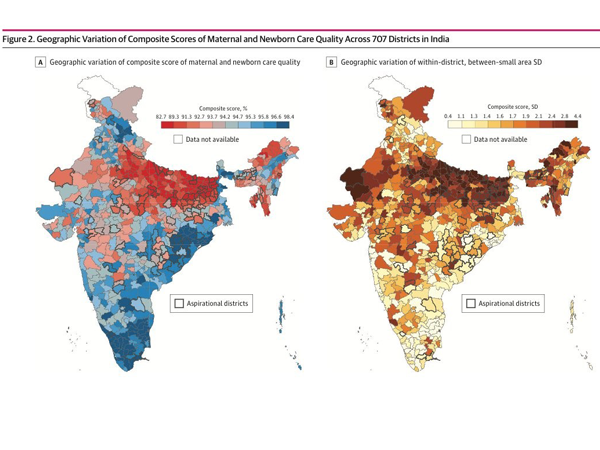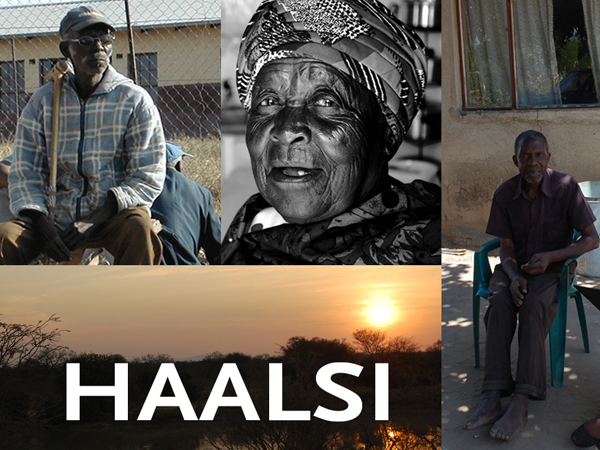Our recent Sloan Fellow on Aging and Work Leah Abrams, along with our former Bell Fellow Lindsay Kobayashi, and their colleague Jessica Finlay, have published their findings in Innovation in Aging, reporting on the economic and mental ramifications six months after the layoffs, furloughs, and reduced hours many workers experienced in early spring 2020. Here’s a findings snapshot: of those who lost their job, 1/3 were still out of work…
Researchers using all-cause mortality data from civil registration systems estimate that deaths from COVID-19 in India are much higher than officially recorded
Harvard Bell Fellow Aashish Gupta has co-authored a research article—along with colleague Murad Banaji—published in PLOS Global Public Health that utilizes all-cause mortality data from civil registration systems across 12 states in India as a way to try and get a more accurate estimation of COVID-19 deaths than what has been reported by the “patchy” mortality surveillance system in that country. “The surveillance of pandemic mortality in India has been…
Is there a secret to enabling an aging population working in the service sector to stay in the workforce longer?
Recent Harvard Sloan Fellow on Aging & Work Leah Abrams, along with HCPDS faculty member Daniel Schneider, and their colleague Kristen Harknett, have published an article in The Gerontologist that reports that although scheduling conditions were found to be more stable for workers ages 50–80 than they were for younger workers, more than 80% of this older cohort experienced at least one type of routine schedule instability that was associated with…
India Policy Insights investigates variation in the quality of maternal and newborn care between smaller areas within districts in India
Researchers affiliated with the India Policy Insights initiative have published the findings of a cross-sectional study in JAMA Network Open that reports there being more variation in maternal and newborn care quality (measured by 11 individual components of care) in smaller, “within-district” geographic areas compared to the district- and state-level, suggesting that “policy around maternal and child health care needs to be designed more precisely to consider district mean and…
HAALSI study evaluates less expensive and easier to implement method to assess salt consumption at the population level in rural South Africa
South Africa has introduced regulations to reduce sodium in processed foods. Researchers affiliated with the HAALSI study have found that spot urine samples, a less expensive (and less complicated) method of assessing salt consumption, are a viable alternative to the standard 24-h urine collection method for evaluating the population median 24hrUNa excretion. The findings, published in the Journal of Hypertension, “could play an important role for governments and public health…
Paid sick leave has added benefit of reducing gender inequality
Faculty member Daniel Schneider has co-authored a research article in Health Affairs that draws from the findings of the Shift Project regarding paid sick leave for low-wage workers and gender inequality. Schneider and his co-author Kristen Harknett report that there was limited access to paid leave, especially among women. In states and localities that paid for sick leave, however, the benefit was more widely accessed and the gender disparity was…
Continue reading “Paid sick leave has added benefit of reducing gender inequality”
Safeguarding the health of residential addiction treatment center workers could reduce worker turnover (and help their patients have better outcomes!)
In response to the opioid epidemic and the additional strains of the pandemic, a study published in Social Science & Medicine parses out which socio-contextual factors were found to be affecting provider health and turnover. Authors include HCPDS Director Lisa Berkman, faculty member Laura Kubzansky and former postdoctoral fellow Erika Sabbath. Photo: Pix4free.org
Researchers make the public health case for why alcohol labels are in need of an update
Recent Harvard Bell Fellow Anna Grummon, PhD, and her colleague Marissa G. Hall, PhD, penned a Perspective in the New England Journal of Medicine about why the well documented risks of alcohol consumption should be better explained via redesigned warning labels in order to better inform consumers. The two co-authors, along with several other colleagues, also published a study in The American Journal of Preventive Medicine, that evaluated which words…
How is political party polarization affecting population health? Study delves into COVID-19 mortality rates and stress on ICU capacity from 4/21–3/22
A novel study published in Lancet Regional Health – Americas by HCPDS faculty member Nancy Krieger, PhD, and her colleagues examines links between the political ideology of U.S. elected officials across all 435 U.S. Congressional districts and the COVID-19 outcomes of their constituents. Findings point to “the higher the exposure to political conservatism, the higher the COVID-19 mortality rates and stress on hospital intensive care unit (ICU) capacity.” photo:…
Study looks at the mortality impact of covid-19 pandemic on diverse sub-groups of Asian Americans
A pre-print (not yet peer-reviewed) article in medRxiv authored by our recent Sloan Fellow on Aging and Work Sung S. Park, PhD, and her colleagues reveals that life expectancy during the pandemic amongst the six largest Asian American subgroups ( Asian Indians, Chinese, Filipino, Japanese, Korean, and Vietnamese) is not equal. “All major Asian subgroups except Japanese experienced greater losses of life in 2019–2020 as well as cumulatively (2019-2021) than…









